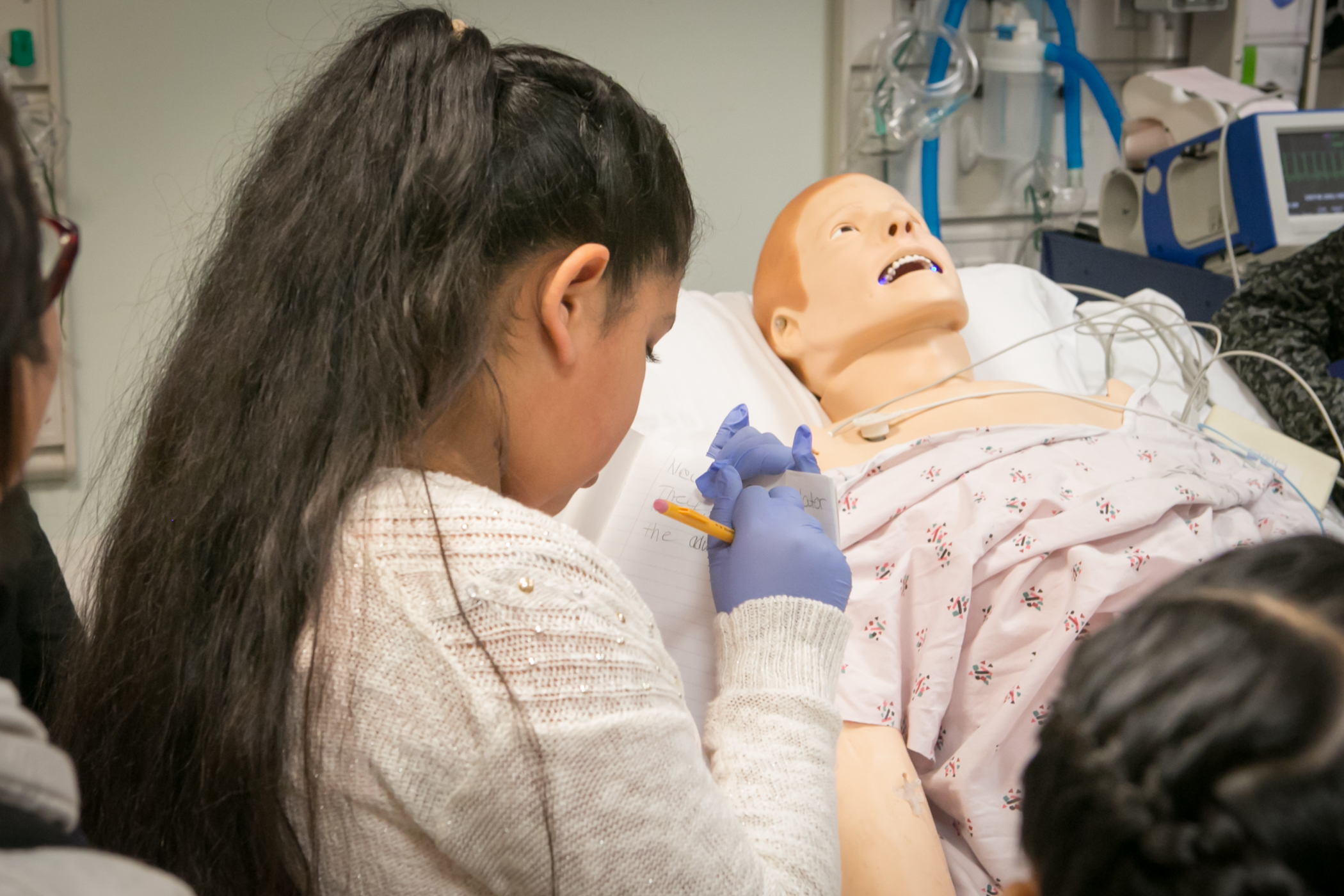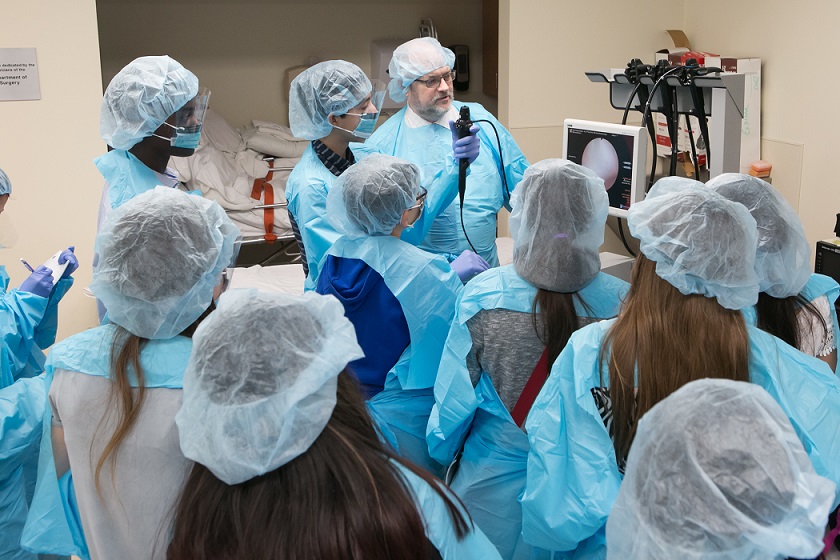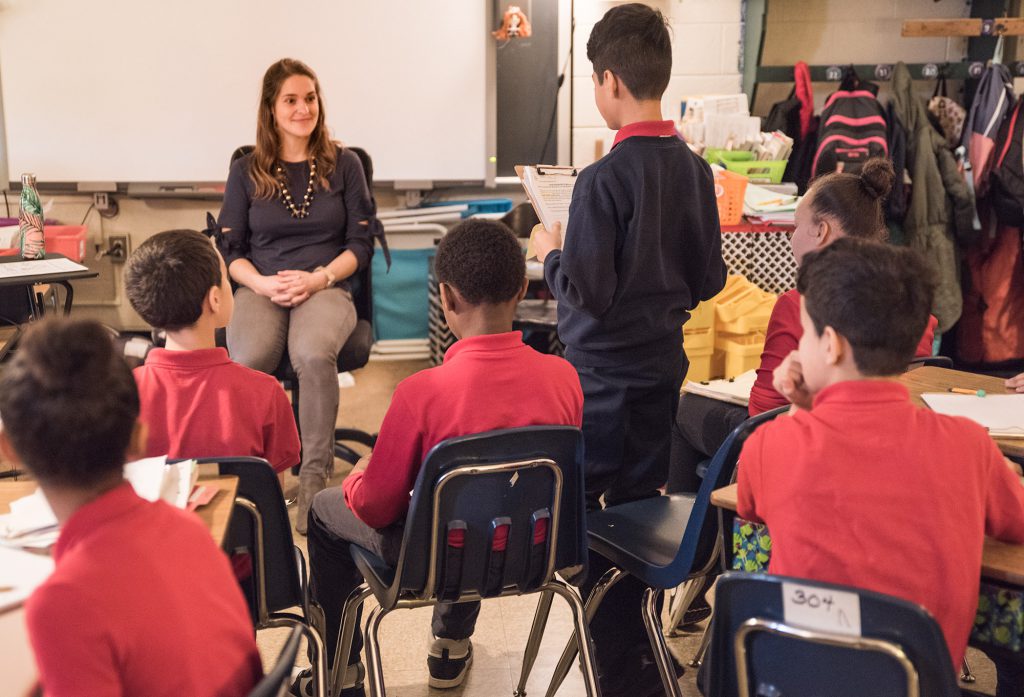
Healthy NewsWorks: Kids as Reporters Gain Health Knowledge, Skills
Healthy NewsWorks, at its core, believes that journalism is a kind of teacher. A journalist, after all, must ask questions, dig, and research. Combine this idea with the important topic of healthy living, and you have the recipe for building children into strong, independent thinkers with marketable skills and self-respect. This intriguing idea was different and a proven success—definitely worthy of support through our small grant program.
We wanted to know more about this unique approach to learning, so we had a talk with Healthy NewsWorks Executive Director and Cofounder Marian Uhlman:
Kars4Kids: Healthy NewsWorks began as a collaboration between you (a journalist), and second grade teacher Susan Spencer. What made you, as a journalist and finalist for the Pulitzer Prize in National Reporting, decide to throw your hat into the ring and cofound this organization? What need does this organization fill?
Marian Uhlman: It happened organically. When my younger daughter was in second grade, I had occasional conversations with her second grade teacher about what we could do to highlight healthy living in the school. We both also shared a passion for journalism. From the conversations, the idea for Healthy NewsWorks emerged. Since our first newspaper in 2003, our program has continued as a close collaboration between classroom teachers and Healthy NewsWorks. Together, we guide young students through the reporting process.
Kars4Kids: What do children come away with from their participation in your programs?
Marian Uhlman: Journalism is a terrific vehicle for learning many skills, from interviewing to research and writing. In written reflections, our reporters tell us that they gain health knowledge, confidence, and interpersonal skills.
Kars4Kids: Your program is for 3rd to 8th graders. Why this particular grade range?
Marian Uhlman: Many experts I had interviewed as a reporter at The Philadelphia Inquirer told me how important it is to reach young children (and their families) with accurate health information when they are developing their habits around sleep, nutrition, exercise, and other activities. We typically embed the Core Reporter program in one classroom in each school. These students in grades 3 to 8 are in charge of the newspaper. Several years ago, we added lessons and curriculum for students in grades K to 2. They contribute to our school health newspapers as well as Core Reporters.

Kars4Kids: How many participants are currently in your programs?
Marian Uhlman: This year we had more than 700 children in our programs. In a non-pandemic year, we have served as many as 1,470, which includes kids in our Core Reporter program, Cub Reporters, and Reader Classrooms. The Reader Classrooms get a lesson or two so they also can contribute to the school newspaper. In non-pandemic years, we print enough copies of each school newspaper edition for everyone in the school.
Kars4Kids: Can you tell us a bit about your news program? Presumably you are addressing the issue of media bias—how is this handled?
Marian Uhlman: At its heart, Healthy NewsWorks teaches kids about how important it is to find and use trustworthy information. Concepts such as what is a fact, who is an expert, and what is a source are integrated into program. Since their work is distributed throughout their school community, the reporters learn that it is critical that they provide accurate health information.
Kars4Kids: Tell us about Healthy NewsWorks Health Leaders. Can you give us examples of how their messages are relatable to children?
Marian Uhlman: As a central part of our program, our reporters interview experts in the community for our annual book series Leading Healthy Change In Our Communities on a wide range of topics, from the health impact of air pollution to the health benefits of biking. They also interview school staff and other community members for their school newspapers. Our goal is for the kids to make the topics relatable to other kids and themselves by the questions they ask. For instance, two fifth grade reporters recently interviewed NFL star Malcolm Jenkins about how to cope with stress and anxiety.

Kars4Kids: What are some of the ways you teach your participants the art of critical thinking?
Marian Uhlman: The practice of journalism is all about learning how to think critically: What is your topic? What research do you need to do? Who is the best source to interview? What happens if you can’t schedule an interview? And how to structure your story.
Kars4Kids: Can you tell us a bit about your demographic and impact?
Healthy NewsWorks engages students from homes in the Philadelphia region that are primarily Black/African American and Hispanic/Latino and that earn low to moderate incomes. Our evaluations indicate that our reporters gain health information, they became more confident writers and researchers, and their teachers value Healthy NewsWorks in their classrooms.
Kars4Kids: How has COVID-19 affected the workings of your organization?
Marian Uhlman: Following school closures in 2020, HNW rapidly transitioned in-person lessons and activities by tapping into experts for interviews, transferring lessons to online presentation forms, and expanding lessons on our learning management system. This transition has allowed us to keep students engaged throughout the entirety of school closures. We now move into the future with the ability to provide our program in-person, online, or both.
Kars4Kids: What’s next for Healthy NewsWorks?
Marian Uhlman: We plan to continue expanding our programs–in our schools and beyond. In spring 2021, we launched By Kids For Kids, an online health news site developed by and for children ages 5-14. This site allows children and families to receive reliable health-focused news and learning resources and provides children a unique platform to share health knowledge with others. We will be doing more in the way of remote learning as well. And we also plan to offer more workshops for teachers.